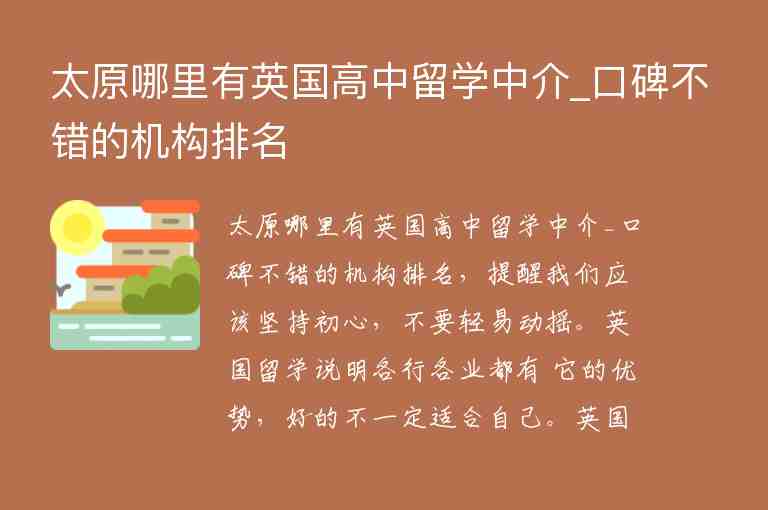一:繁文缛节是指繁琐的礼仪和繁重的事务。在古代,官员们要遵循一系列严格的规定和程序来处理公务,这些规定和程序被称为“繁文缛节”。
英文解释:
Fangwenrujie is a term used to describe the complicated rituals and heavy official duties. In ancient China, officials were required to follow strict rules and procedures in handling official affairs, which were referred to as "fangwenrujie".
二:怎么读(音标)
[fán wén rù jié]
三:用法
繁文缛节通常用来形容官场上的复杂程序和繁琐的礼仪。也可用于描述某些场合或活动中过多的规定和流程。
四:例句1-5句且中英对照
1. 他因为不擅长应付繁文缛节而被降职了。
He was demoted because he was not good at dealing with complicated rituals and procedures.
2. 在这个,家们经常被迫面对各种各样的繁文缛节。
In this country, politicians are often forced to deal with various complicated rituals and procedures.
3. 这项新旨在简化手续,减少不必要的繁文缛节。
This new policy aims to simplify official procedures and reduce unnecessary complicated rituals and procedures.
4. 在这场盛大的婚礼上,新娘和新郎必须遵循繁文缛节,按照传统的程序进行。
At this grand wedding, the bride and groom must follow the complicated rituals and procedures according to tradition.
5. 这个的官僚被指责为繁文缛节,导致效率低下。
The bureaucratic system in this country is criticized for being too complicated, resulting in low efficiency of the government.
五:同义词及用法
1. 繁琐 (fán zhuó):指过多的细节和程序,常用来形容事务或工作。
2. 繁杂 (fán zá):指复杂多样、难以理解或处理的事物。
3. 官样文章 (guān yàng wén zhāng):指文件或文章中使用过多的华丽辞藻和虚夸之词。
4. 步骤繁复 (bù zhòu fán fù):指步骤过多、复杂而繁琐。
5. 冗长 (rǒng cháng):指过长的文字或讲话,常用来形容冗长乏味的文件或演讲。
六:编辑总结
繁文缛节是古代官场中常见的现象,在当今社会仍然存在。它指的是官员们必须遵循的繁琐的礼仪和繁重的事务,常常导致效率低下。因此,我们应该尝试简化程序,减少不必要的繁文缛节,提高效率。
